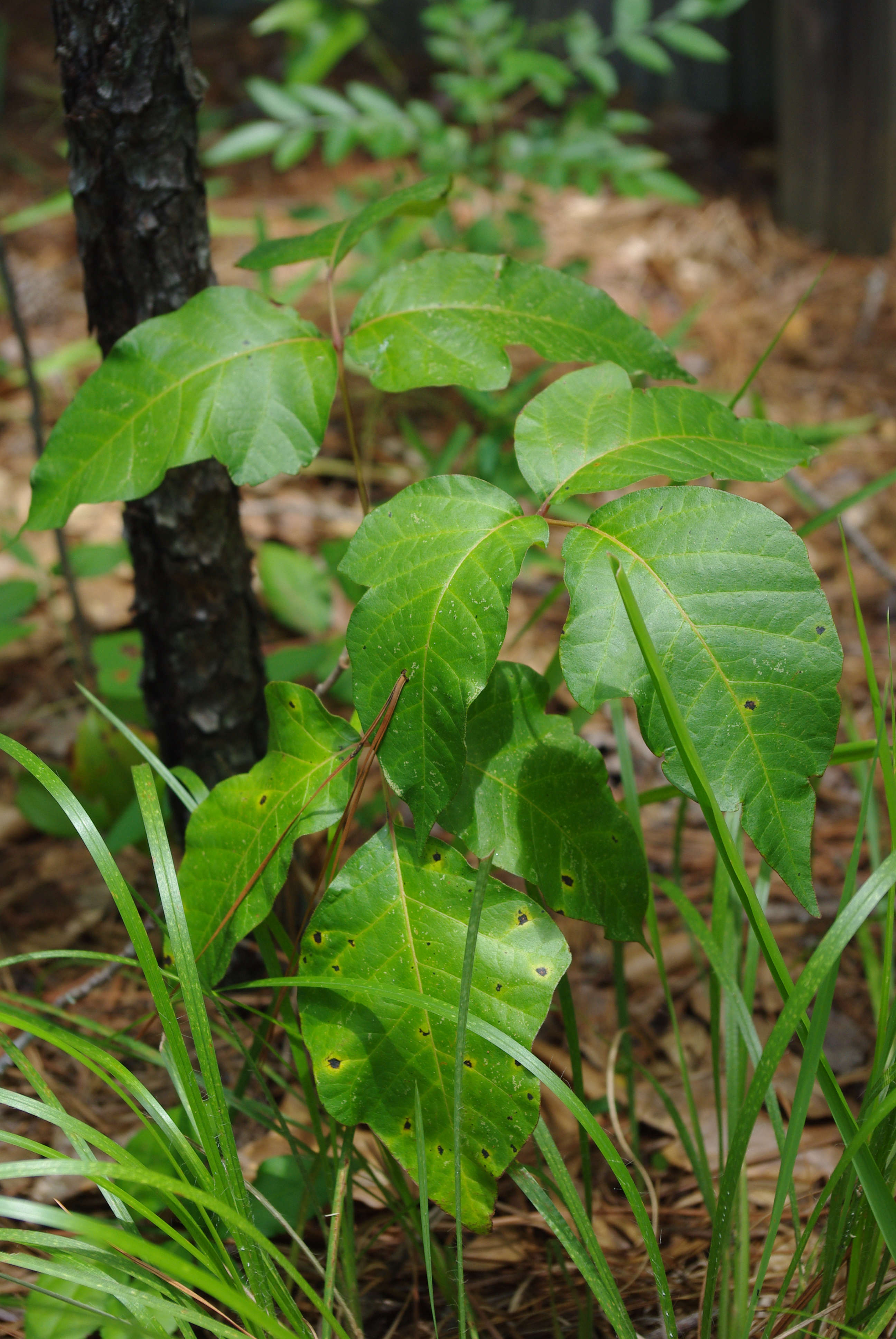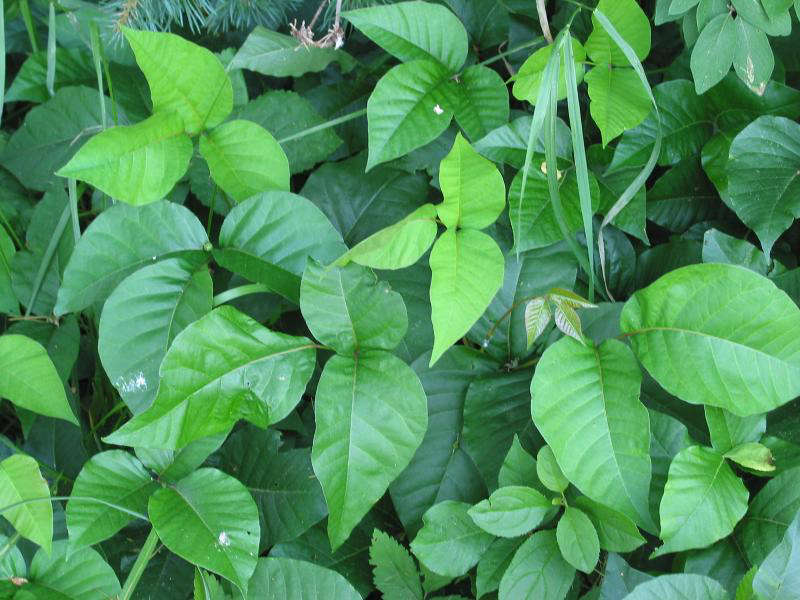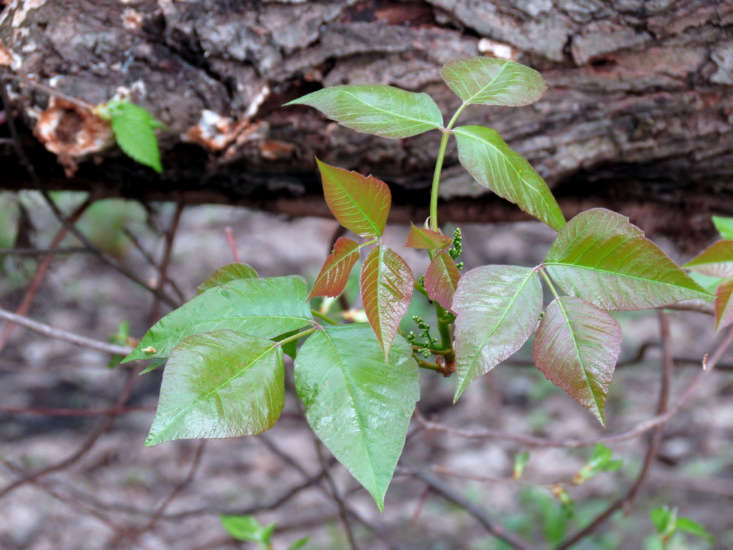How to Get Rid of Poison Ivy Plants
In a wooded area, it will intertwine with other low-growing plants, such as ferns, which makes it harder to kill without hurting its neighbors. But don't give up.
Pick Your Poison

You have two choices when it comes to killing poison ivy: a natural method or a chemical poison. Both will work, but chemicals may work faster. For more on the pros and cons of a DIY natural weed killer versus a chemical herbicide such as Roundup, see Landscaping 101: Homemade Weed Killer.
Natural Born Killers

If you want to avoid chemicals, you have a few choices:
Manual Labor: Put on long sleeves and pants, tape your pants and shirt cuffs to prevent skin exposure, pull on a pair of heavy gloves, and dig out as much poison ivy as you can. The trick is to get the roots, which means digging down a few inches—at least six—beneath roots and then reaching in to pull them out. This job is easier if the ground is soft; try it after a rainy spell. Be warned that you inevitably will overlook a few little roots. Watch for new growth and pull it out as soon as possible to weaken the plant, or at least to try to break its spirit.
Boiling Water: I am a big fan of pouring a kettle of boiling water onto weeds to kill them. This works best if the plant you want to kill is growing in a crack in a path or next to the driveway or somewhere other than a garden bed full of desirable plants. Boiling water will kill anything it touches. Caveat: When it comes to poison ivy, the underground roots will survive a dousing. After the boiled leaves and stems die back, new growth will emerge. As soon as you see it, pour on more boiling water. Over time, the rate of new growth will slow.

Smothering: You can cover a patch of poison ivy with a plastic tarp or big piece of cardboard to kill it. Afterward, check the perimeter of the treated area for new growth; underground roots that were outside the jurisdiction of the tarp may send up shoots.
Potions: The main ingredients in DIY homemade weed killer are salt, vinegar, water, and dish soap (which helps to broadcast the spray farther). Justine investigated the pros and cons of homemade weed killers—some of which are not as "natural" as you might think—and offers a comprehensive report at Gardening 101: Pros and Cons of Homemade Weed Killers.
Chemical Warfare
The two most commonly used chemical herbicides in the war against poison ivy are Roundup and Brush-B-Gone, whose respective active ingredients are glyphosate or triclopyr. These are chemicals I don't use in my garden, but if I had a backyard overrun by poison ivy and small children tromping through it, I might want a speedy solution to the problem. If you spray chemical herbicides on poison ivy, it will die fast. As with other methods, watch for new growth and spray again immediately.

Dispose of the Body
After you cut, pull out, or dig up poison ivy, do not put it in your compost pile. Do not touch it with bare hands. Do not burn it (it can release harmful, irritating fumes). Instead, bag it in plastic and dispose of it as trash (unless you live in a municipality that offers an alternate plan).
After you finish killing poison ivy, strip off your gardening clothes—gloves too—and put them into the clothes washer on a hot setting. Hose down or clean off your shoes or boots before wearing them again (urushiol can remain active on the surface of clothing and shoes for as long as five years).
Weed warriors, unite. For more suggestions, see:
- 5 Favorites: Digging Tools.
- 10 Easy Pieces: Garden Gloves.
- The Claw: A Tool Weeds Will Fear.
Finally, get more ideas on how to plant, grow, and care for various vines and climbers with our Vines & Climbers: A Field Guide.
How to Get Rid of Poison Ivy Plants
Source: https://www.gardenista.com/posts/landscaping-101-how-to-get-rid-of-poison-ivy/